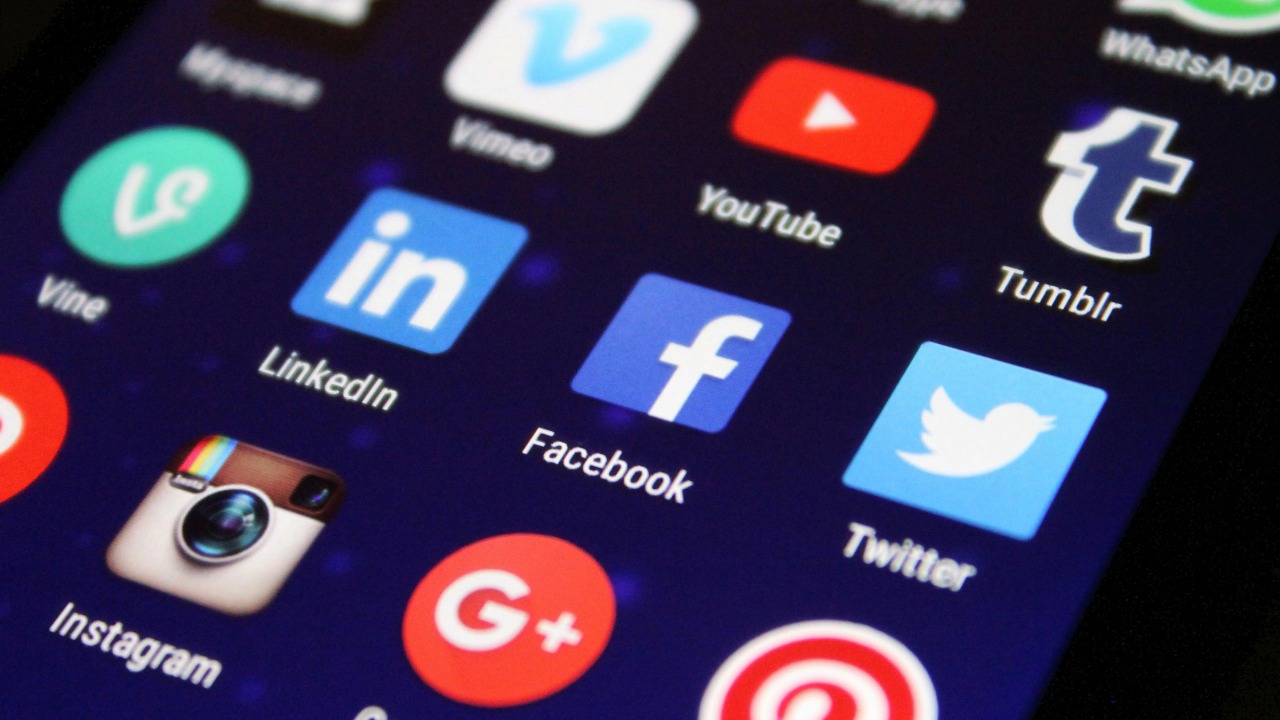
To maximize your online privacy, it’s crucial to regularly review and update your privacy settings. With technology constantly evolving, your personal data is at risk of being exposed if you don’t take proactive measures. By making a few key adjustments in your settings, you can better protect your personal information and enjoy a more secure digital experience.
Social Media Profile Visibility
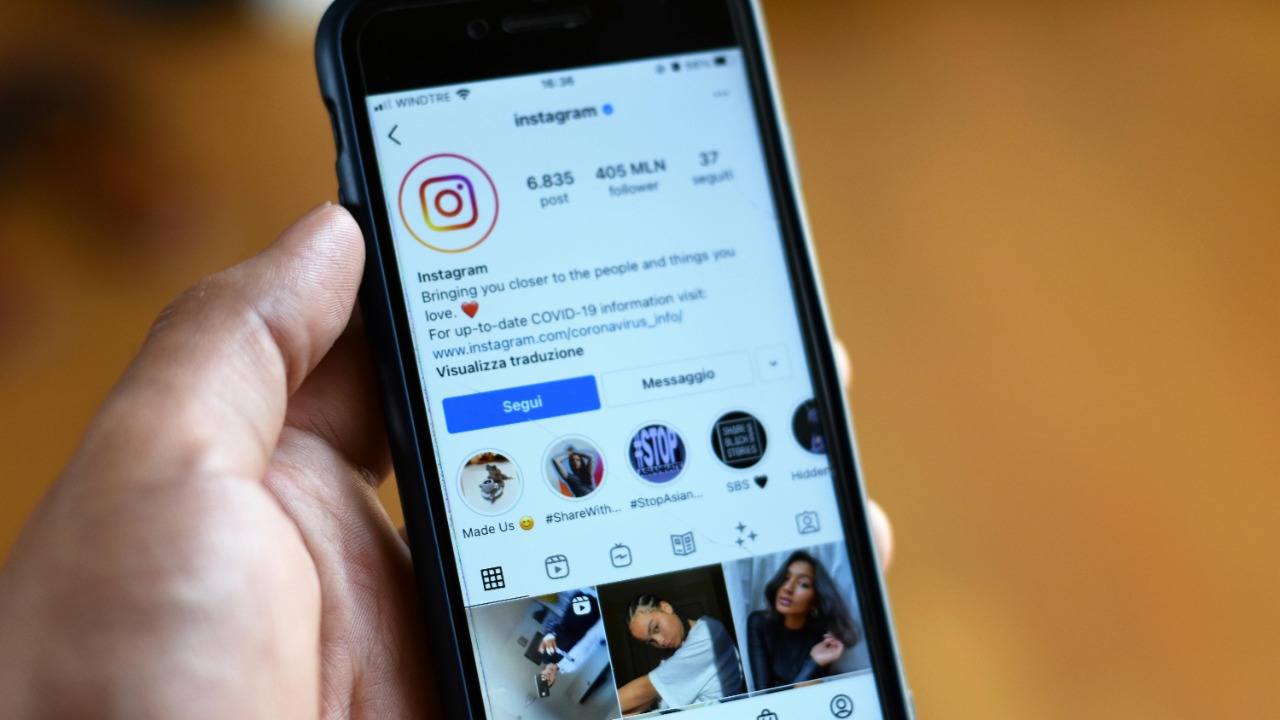
One of the first steps to safeguarding your privacy is controlling your social media profile visibility. Many platforms like Facebook and Instagram offer settings that allow you to limit who can view your personal information and posts. Consider switching your profile to private so that only approved followers can see your content. This simple change can significantly reduce the risk of unwanted exposure.
Moreover, regularly review your friend list and remove connections that you no longer interact with. It’s also advisable to periodically check your privacy settings, as social media platforms often update their policies, which can impact your privacy preferences. For a deeper understanding of social media privacy, you can explore this study on privacy concerns in social media.
Location Tracking Permissions

Many apps request access to your location data, often without a legitimate need. It’s important to regularly audit these permissions on your smartphone. For instance, iOS and Android devices allow you to manage which apps can track your location and when they can access it. Consider setting location access to “While Using the App” or “Never” for apps that don’t require constant location tracking.
Disabling location history in your device settings can also add an extra layer of privacy. This prevents your phone from logging your movements and creating a detailed history of your whereabouts. Learn more about optimizing your location settings on your smartphone by watching this informative video.
Ad Personalization Settings
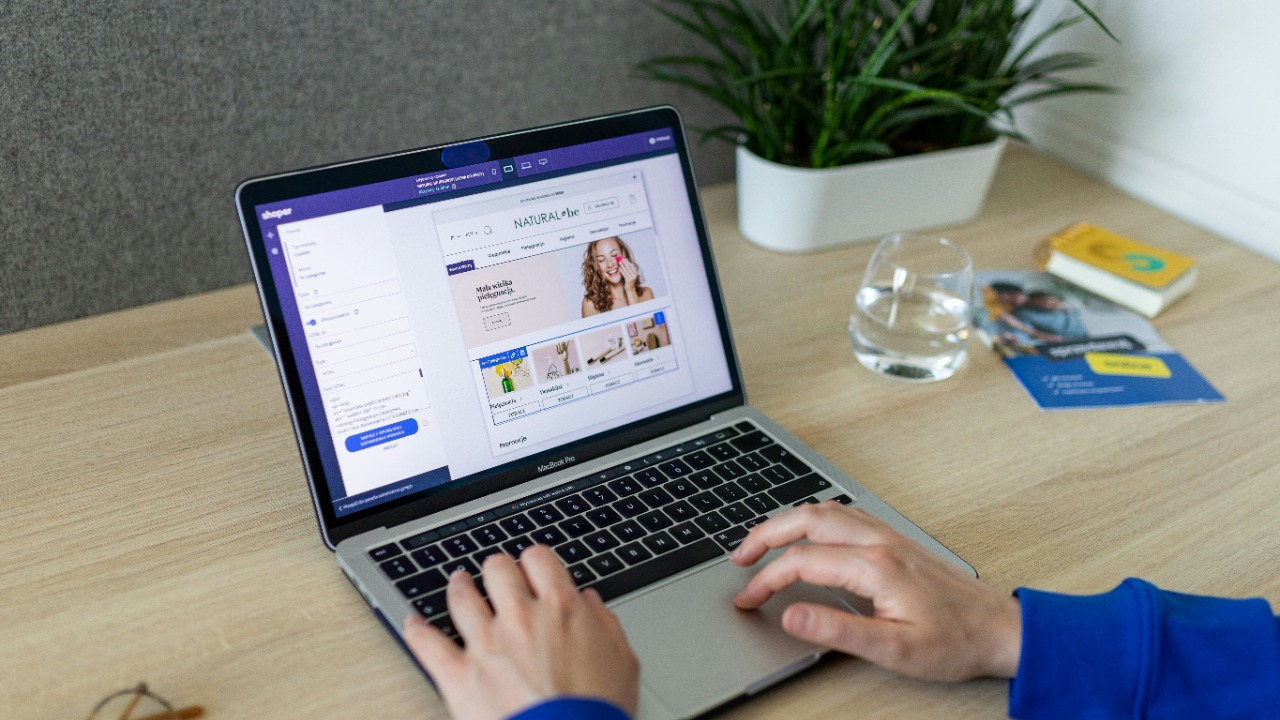
Ad personalization can be both intrusive and annoying, as it often relies on tracking your online behavior to deliver targeted ads. Platforms like Google and Facebook provide settings to control how your data is used for advertising purposes. By accessing the ad settings in your account, you can opt-out of personalized ads, reducing the amount of data collected about your online activities.
Keep in mind that while this won’t eliminate ads entirely, it will make them less targeted and potentially less invasive. For a comprehensive look at the implications of ad personalization, check out this insightful article on digital privacy.
Browser Cookies and Tracking

Cookies are small data files that websites use to track your browsing habits. While they can enhance your web experience by remembering preferences, they also pose a risk to your privacy. Most browsers offer settings to manage cookies, allowing you to block third-party cookies or clear them regularly.
Consider enabling the “Do Not Track” feature in your browser settings, which sends a request to websites not to track your browsing activity. While not all websites comply, it’s a valuable step in protecting your privacy. For more information on managing cookies, visit this helpful guide on privacy settings.
App Permissions and Access
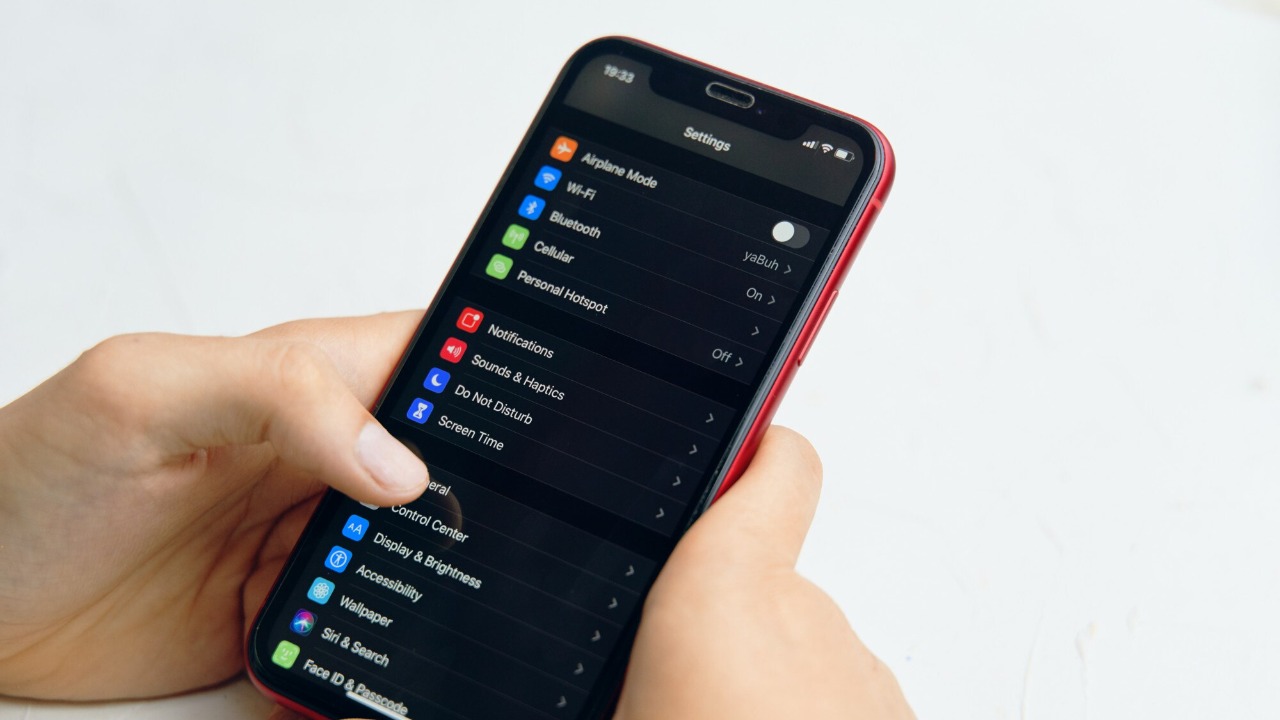
Apps often request access to various features on your device, such as your camera, microphone, contacts, and more. It’s essential to regularly review these permissions and revoke access for apps that don’t need it. Both Android and iOS devices provide easy ways to manage app permissions in the settings menu.
Pay particular attention to apps that request access to sensitive data without a clear reason. Maintaining strict control over app permissions can greatly enhance your personal security. For tips on optimizing your app settings, explore this guide on user experience settings.
Device Lock Screen Security
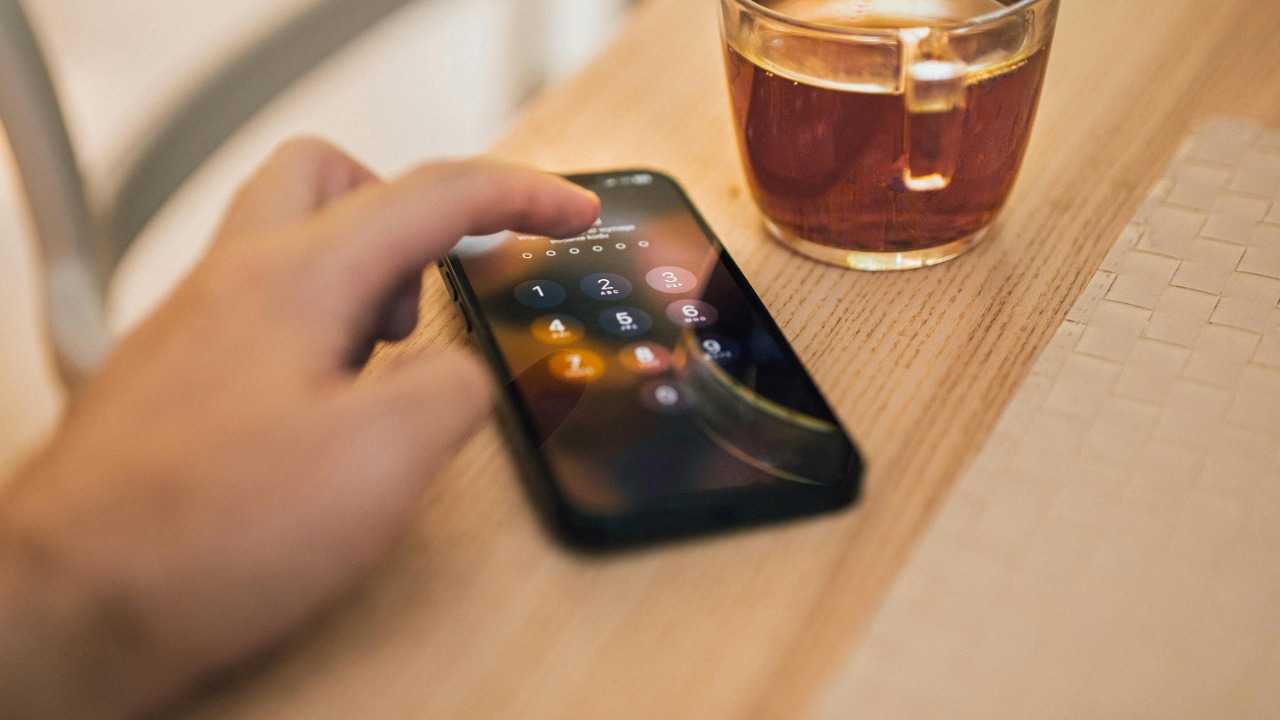
Your lock screen is the first line of defense against unauthorized access to your device. Ensure that you have a strong passcode, PIN, or biometric lock like fingerprint or facial recognition enabled. Regularly updating your passcode and using complex combinations can help keep your device secure.
Additionally, adjust your lock screen settings to limit what information is visible without unlocking the device. This can prevent sensitive notifications or messages from being exposed to prying eyes. By securing your lock screen, you can protect your data even if your device is lost or stolen.
Cloud Storage Privacy Controls
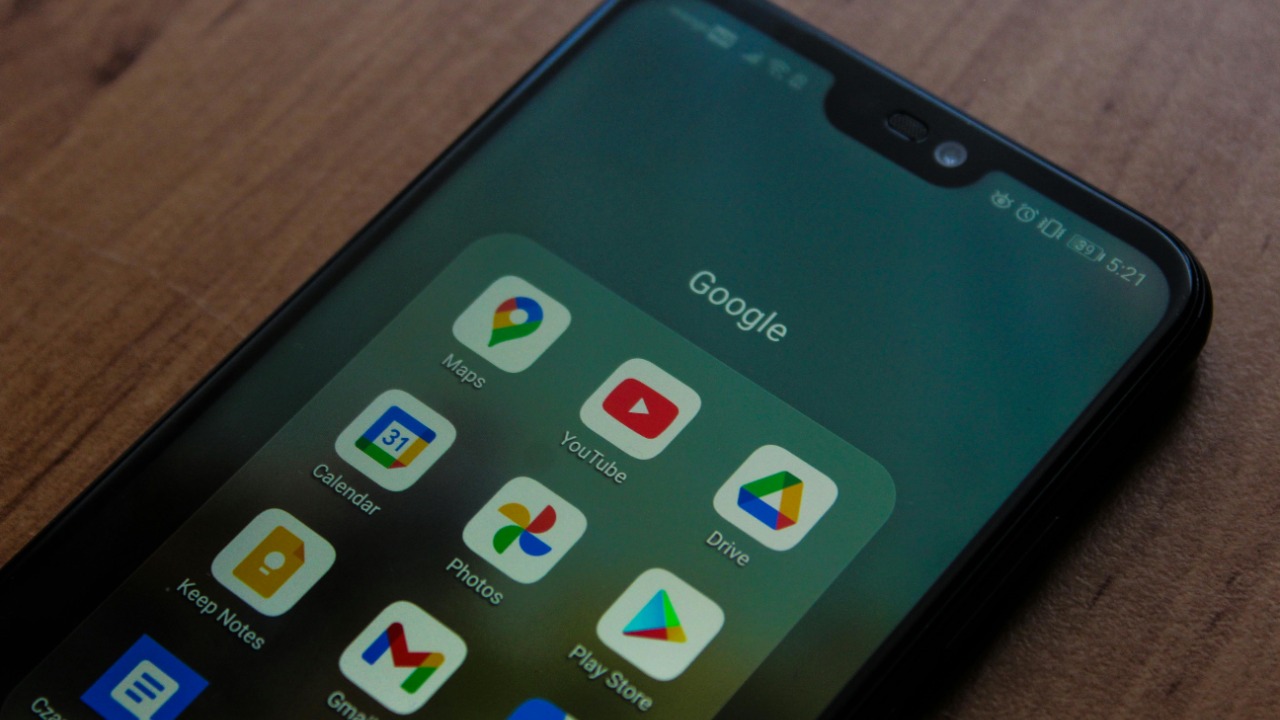
With the convenience of cloud storage services like Google Drive and Dropbox, it’s easy to overlook the importance of securing your data in the cloud. Start by enabling two-factor authentication for an extra layer of security. This requires a secondary verification step when accessing your account.
Review the sharing settings of your cloud storage to ensure that files are not inadvertently shared with others. Regularly update your passwords and use strong, unique combinations for each account. By taking these precautions, you can protect your data from unauthorized access and breaches.